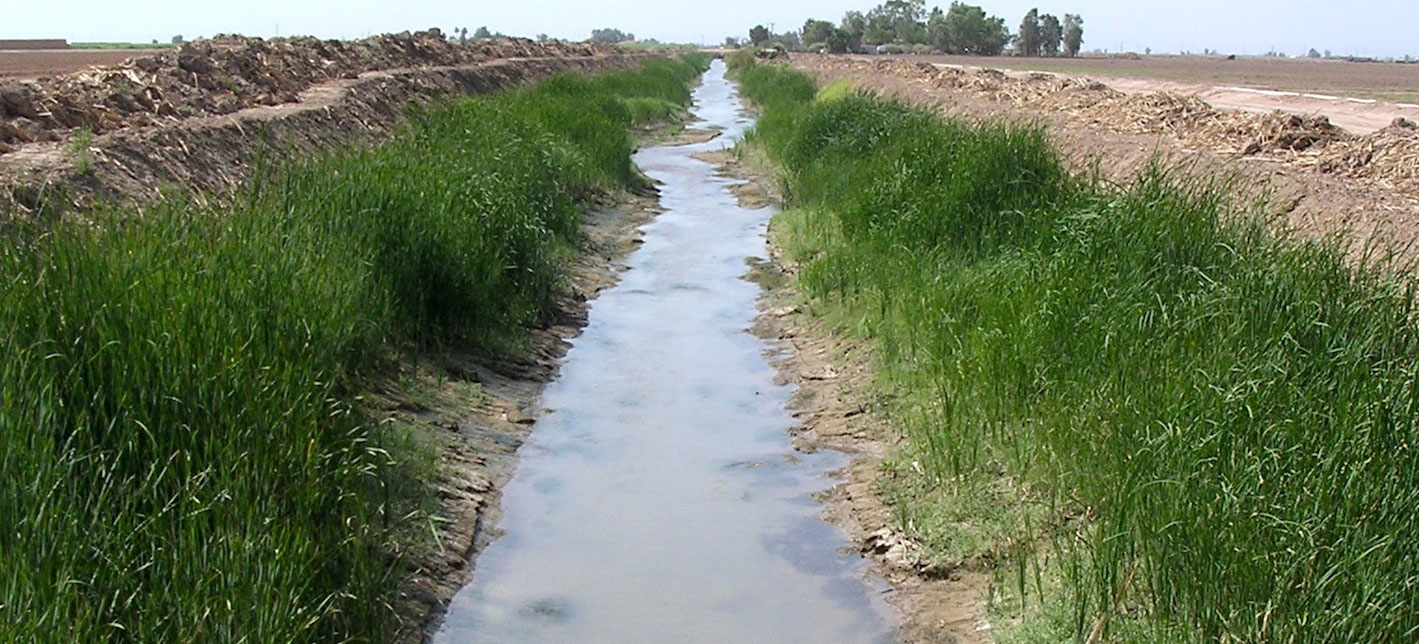Pages devoted to Individual Volcanic Lakes
(* denotes pages with photos that test your patience as they load)
(@ denotes pages with a good overview of a lake)
Other Volcanic Lakes
1. Crater Lake, Ruapehu, New Zealand
The hot acid-brine volcanic lake covering Ruapehu in New Zealand is one of the most thoroughly studied and monitored volcanic lakes in the world. Eruptions through the lake occur relatively frequently, changing the physical dimensions of the lake and posing a constant threat to human activities in the area.
2. Crater Lake (Mount Mazama), Oregon, USA
Crater Lake is a neutral-dilute volcanic lake that is now one of the largest freshwater lakes in the world. In September 1996 Crater Lake National Park hosted the AGU Chapman Conference on crater lakes, terrestial degassing, and hyperacidic fluids in the environment.
Crater Lake National Park, Oregon, USA
3. Lake Nyos, Cameroon
A rapid, massive release of carbon dioxide gas from Lake Nyos killed almost 2,000 people in August 1986, sparking a hot debate over the cause/mechanism of the release. Ten years later a lot more is known about the lake's chemistry, the effects of the release, and possible mechanisms, but the debate over the exact trigger continues. In late 2001 a webcam was placed at the lake to monitor the degassing effort- see the lake for yourself in real-time.
A map of Costa Rica showing the location of the volcano* (leaving this site)
JCV Laguna Calientes entry@
6. El Chichon, Mexico
A hot acid-hyperbrine volcanic lake.
7. Averno, Naples, Italy
Located at 40¡50'14.28" N, 14¡04'42.68" E. "The name Averno means 'without birds' because in ancient age the Romans noticed that birds die if flying close the surface. The ancient romans also believed it was the entrance of the hell. So it is possible that there were active volcanic phenomena. At the moment because of a long time discharge of organic wastes seems that the main causes of gas release are anaerobic processes." - Giulio Izzo
8. Soufriere, St. Vincent, West indies
The hot acid-brine volcanic lake covering Ruapehu in New Zealand is one of the most thoroughly studied and monitored volcanic lakes in the world. Eruptions through the lake occur relatively frequently, changing the physical dimensions of the lake and posing a constant threat to human activities in the area.
- Links:
The Volcanic Lake at Ruapehu, New Zealand
@* (leaving this site)
Geology of Ruapehu
* (leaving this site)
@* (leaving this site)
Geology of Ruapehu
* (leaving this site)
2. Crater Lake (Mount Mazama), Oregon, USA
Crater Lake is a neutral-dilute volcanic lake that is now one of the largest freshwater lakes in the world. In September 1996 Crater Lake National Park hosted the AGU Chapman Conference on crater lakes, terrestial degassing, and hyperacidic fluids in the environment.
- Links:
Crater Lake National Park, Oregon, USA
- - a USGS site (leaving this site)
3. Lake Nyos, Cameroon
A rapid, massive release of carbon dioxide gas from Lake Nyos killed almost 2,000 people in August 1986, sparking a hot debate over the cause/mechanism of the release. Ten years later a lot more is known about the lake's chemistry, the effects of the release, and possible mechanisms, but the debate over the exact trigger continues. In late 2001 a webcam was placed at the lake to monitor the degassing effort- see the lake for yourself in real-time.
- Links:
http://perso.wanadoo.fr/mhalb/nyos/index.htm Lake Nyos Degassing project website
@ (leaving this site)
Lake Nyos Degassing Webcam
@ (leaving this site)
Lake Nyos research
@ by Dr. George W. Kling
(leaving this site)
Volcano world summary of Lake Nyos (leaving this site)
Debating the Cause Links:
Volcano World's two cents worth (leaving this site)
@ (leaving this site)
Lake Nyos Degassing Webcam
@ (leaving this site)
Lake Nyos research
@ by Dr. George W. Kling
(leaving this site)
Volcano world summary of Lake Nyos (leaving this site)
Debating the Cause Links:
Volcano World's two cents worth (leaving this site)
4. Yugama Lake, Kusatsu-Shirane Volcano, Japan
A hot acid-brine volcanic lake whose chemistry has been monitored for many years.
A hot acid-brine volcanic lake whose chemistry has been monitored for many years.
- Links:
Volcano Research Center at U. Tokyo (leaving this site)
Map of Japan showing location of the volcano
(leaving this site)
Map of Japan showing location of the volcano
(leaving this site)
5. Laguna Calientes, Poas Volcano, Coasta Rica
A hot acid-hyperbrine volcanic lake.
A hot acid-hyperbrine volcanic lake.
- Links:
A map of Costa Rica showing the location of the volcano* (leaving this site)
JCV Laguna Calientes entry@
6. El Chichon, Mexico
A hot acid-hyperbrine volcanic lake.
- Links:
El Chicon volcano (leaving this site)
7. Averno, Naples, Italy
Located at 40¡50'14.28" N, 14¡04'42.68" E. "The name Averno means 'without birds' because in ancient age the Romans noticed that birds die if flying close the surface. The ancient romans also believed it was the entrance of the hell. So it is possible that there were active volcanic phenomena. At the moment because of a long time discharge of organic wastes seems that the main causes of gas release are anaerobic processes." - Giulio Izzo
- Links:
Britannica Online entry (leaving this site)
Study of Averno's paleoenvironmental history (leaving this site)
Study of Averno's paleoenvironmental history (leaving this site)
8. Soufriere, St. Vincent, West indies
- Links:
Soufriere volcano (leaving this site)
9. Sun and Moon Lakes, Nevado de Toluca, Mexico
- Links:
Toluca volcano (leaving this site)
10. Kawah Putih, Patuha Volcano, West Java, Indonesia
- Links:
Kawah Putih lake (leaving this site)
11. Lakes Eacham and Barrine, Australia
- Links:
Lakes Eacham and Barrine (leaving this site)
12. Ethiopian Crater Lakes
- Links:


